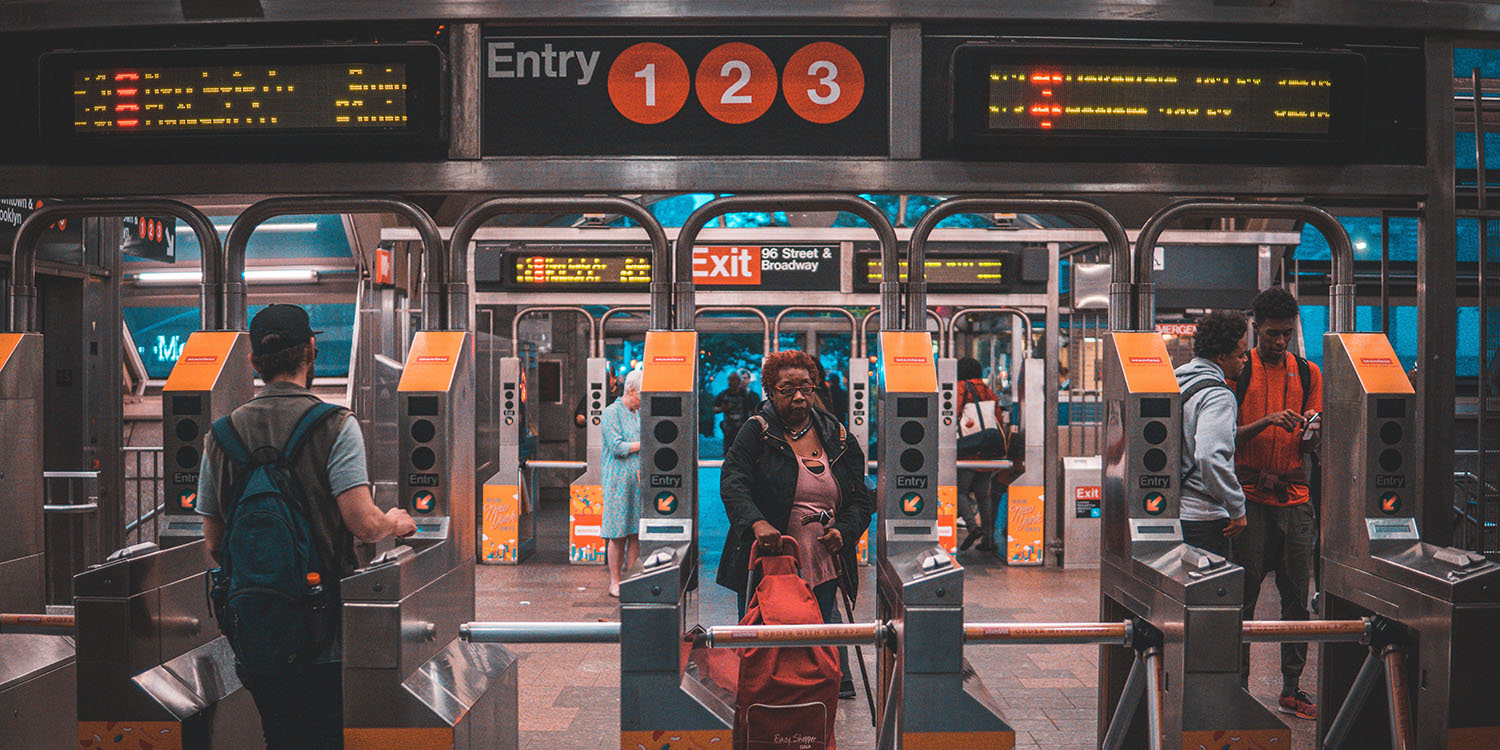
Visually impaired people face plenty of challenges when navigating a busy city like New York, and never more so than using the NYC subway system. That looks set to change with the help of the Commute Booster accessibility app, which has passed the first stage of testing with flying colors.
The trickiest part of a subway commute for anyone who has loss of sight or is visually impaired is the so-called “middle mile,” and it’s here the app can help …
The middle mile is the term given to interchanges where a commuter needs to navigate an often complex network of underground corridors, turnstiles, and platforms.
Making matters tougher for those with some vision is that the signage they need to follow can easily get lost in the clutter of ads and other irrelevant signs and notices.
Engadget reports on an app designed to solve this problem, by combining a built-in database of transit routes with the ability to read relevant signs while ignoring others.
Researchers at NYU’s Tandon School of Engineering and Grossman School of Medicine have created an app to help people with visual impairments navigate New York City’s subway system. Commute Booster uses a smartphone camera to recognize relevant signs along a transit route, guiding the user to their destination […]
The app combines general transit feed specification (GTFS), a standardized and publicly available database about public transportation routes, with optical character recognition (OCR) to interpret signs and guide the user accordingly. “By integrating these two components, Commute Booster provides real-time feedback to users regarding the presence or absence of relevant navigation signs within the field of view of their phone camera during their journey,” said NYU.
An initial trial tested the app at three different NYC stations, and found that it had a 97% success rate at identifying the signs needed to follow a route within them. Next up is wider testing in real-life scenarios, with researchers hoping to make Commute Booster freely available “in the near term.”
As the piece notes, using smartphone cameras to read the signs is somewhat clunky, and this type of tech will really come into its own when we finally get those long-rumored Apple Glasses – the end goal of Apple’s headset work.
Photo: Asael Peña/Unsplash
FTC: We use income earning auto affiliate links. More.


Comments